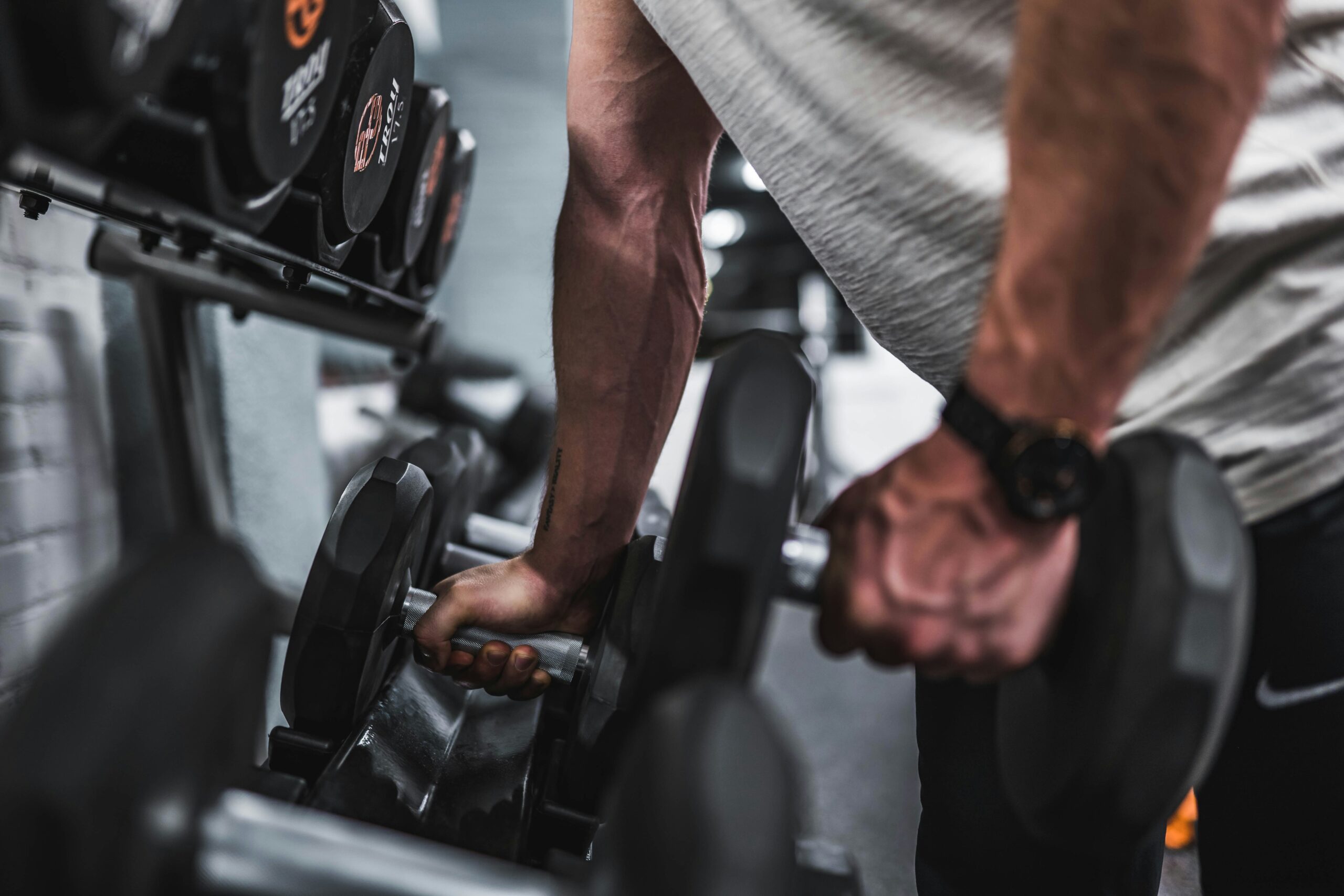
Maintaining energy levels and overall wellness is essential in today’s fast-paced world. While nutrition and sleep play significant roles, consistent exercise is one of the most effective ways to increase energy, improve mood, and enhance physical and mental health. By following structured fitness routines that combine cardiovascular, strength, and flexibility training, individuals can experience lasting vitality and overall well-being.
The Connection Between Exercise and Energy
Exercise may seem counterintuitive when feeling tired, but regular physical activity increases stamina and reduces fatigue. Movement stimulates blood flow, delivering oxygen and nutrients to muscles and organs, which helps the body function more efficiently.
Additionally, exercise boosts the production of endorphins—chemical messengers in the brain that improve mood, reduce stress, and elevate energy levels. This “feel-good” effect encourages consistency, creating a positive cycle of increased vitality and motivation to stay active.
Morning Cardio for a Natural Energy Boost
Starting the day with cardiovascular exercise is one of the best ways to energize the body. Activities such as brisk walking, jogging, cycling, or swimming increase heart rate, improve circulation, and enhance oxygen flow to the brain.
Even short sessions of 20 to 30 minutes can jumpstart metabolism and elevate mood, helping individuals feel alert and focused throughout the day. Incorporating interval training or alternating intensity levels further maximizes energy gains and promotes long-term cardiovascular health.
Strength Training to Build Endurance
Strength training is often associated with building muscle, but it also plays a crucial role in overall energy levels. Regular resistance exercises, such as weightlifting, resistance bands, or bodyweight workouts, enhance muscular endurance and functional strength.
Stronger muscles support daily activities with less effort, reducing fatigue and improving posture. Combining strength exercises with proper rest and recovery ensures sustained energy levels and promotes long-term wellness.
Flexibility and Mobility Workouts
Flexibility and mobility exercises, including yoga, Pilates, and dynamic stretching, improve joint function, reduce stiffness, and prevent injury. These routines enhance blood flow and relieve tension, contributing to better energy distribution throughout the body.
Yoga, in particular, combines movement with controlled breathing, which reduces stress hormones and promotes relaxation while simultaneously energizing the mind and body. Daily or regular flexibility sessions help maintain agility and mental clarity.
High-Intensity Interval Training (HIIT)
High-Intensity Interval Training (HIIT) is a time-efficient way to boost energy and burn calories. Alternating short bursts of intense activity with brief rest periods increases heart rate, enhances metabolism, and improves both aerobic and anaerobic endurance.
HIIT sessions, which can last 15 to 30 minutes, are ideal for individuals with busy schedules. The afterburn effect, known as excess post-exercise oxygen consumption (EPOC), continues to boost calorie burn and energy levels even after the workout is completed.
Outdoor Activities for Mental and Physical Energy
Exercising outdoors provides a dual benefit: physical fitness and mental rejuvenation. Activities like hiking, kayaking, or outdoor circuit training allow individuals to connect with nature, which reduces stress, enhances mood, and increases overall energy.
Exposure to natural light also regulates circadian rhythms, improving sleep quality and daytime alertness. Outdoor workouts offer variety, preventing boredom while promoting a healthy, active lifestyle.
Mind-Body Workouts for Stress Reduction
Mental fatigue and stress can significantly reduce energy levels. Mind-body exercises such as tai chi, qigong, and mindful yoga combine movement with focused breathing and meditation, helping release tension and restore vitality.
These practices improve concentration, reduce cortisol levels, and enhance overall mental clarity. Incorporating even short sessions into a daily routine can create lasting energy improvements and emotional balance.
Combining Multiple Fitness Elements
The most effective routines for boosting energy integrate cardiovascular, strength, and flexibility components. For example, a weekly schedule might include cardio sessions on three days, strength training on two days, and yoga or stretching on alternate days.
Balanced routines prevent overtraining while targeting multiple aspects of wellness. This holistic approach ensures sustained energy, better endurance, and long-term health benefits.
Nutrition and Hydration to Support Energy
Exercise alone cannot maximize energy levels—proper nutrition and hydration are equally important. Consuming balanced meals with complex carbohydrates, lean proteins, and healthy fats provides the fuel necessary for workouts and recovery.
Staying hydrated enhances circulation, reduces muscle fatigue, and supports cognitive function. Combining well-planned nutrition with consistent exercise routines creates a powerful synergy that improves energy, focus, and overall well-being.
Tracking Progress and Staying Motivated
Monitoring progress helps maintain consistency and motivation. Tracking workouts, energy levels, and recovery times allows individuals to adjust routines for optimal results. Fitness apps, journals, and wearable devices provide feedback, set goals, and celebrate milestones.
Additionally, finding enjoyable exercises or joining group classes keeps workouts engaging. Social support and accountability further enhance adherence, ensuring long-term benefits and sustained energy improvements.
Rest and Recovery
Adequate rest is essential to prevent burnout and maintain energy. Sleep allows the body to repair tissues, replenish energy stores, and regulate hormones. Incorporating rest days into a weekly routine prevents overtraining and ensures muscles and the mind recover fully.
Active recovery activities, such as light walking, stretching, or restorative yoga, can also promote circulation, reduce soreness, and sustain energy levels without overexertion.
Regular exercise is a powerful tool to increase energy, enhance wellness, and improve quality of life. Combining cardio, strength, flexibility, and mind-body practices creates a holistic approach that nurtures both body and mind. Outdoor activities, proper nutrition, and rest further support energy levels, making it easier to tackle daily tasks with vitality.
By committing to a structured fitness routine, individuals not only boost physical health but also experience improved mood, mental clarity, and resilience. Energy and wellness are not just byproducts of exercise—they are cultivated through consistent effort, mindful practices, and a balanced approach to fitness.